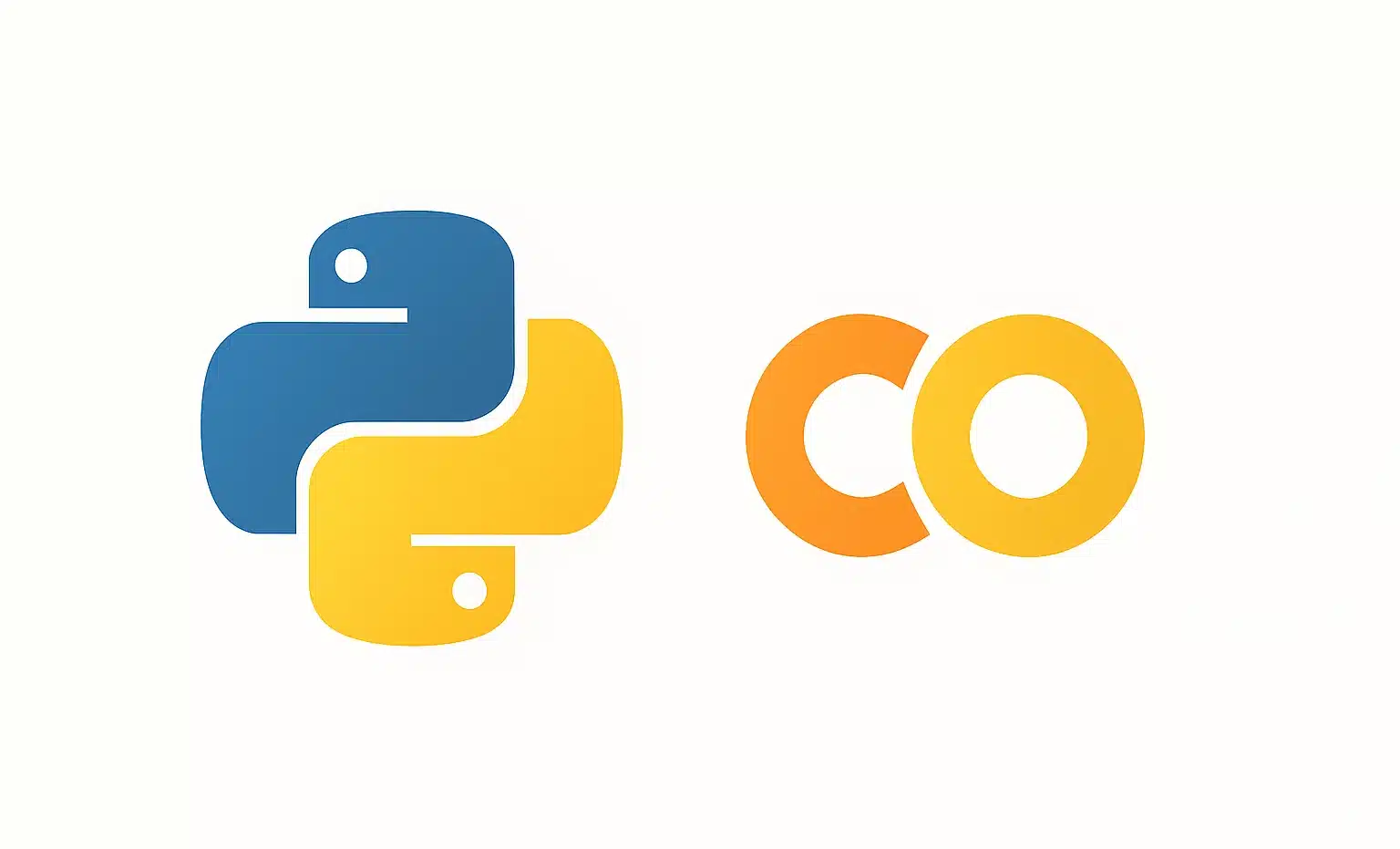Configuration management is a crucial process that guarantees the tracking, control, and evolution of system configurations. It ensures that every modification, whether it be a software update, hardware change, or infrastructure adaptation, is meticulously documented and controlled to avert any potential instability.
This process guarantees that the information within a system remains consistent and accessible, preventing any tasks from inadvertently affecting a critical component.
Key Elements of a Configuration Management System
A configuration management system relies on several fundamental elements that enable the structuring, controlling, and ensuring the traceability of changes made to a computer system.

Identification and Tracking of Configurations
Every component (software, hardware, documentation) must be uniquely identified for effective tracking. This involves:
- Assigning a unique identifier to configuration items.
- Establishing a registry that lists all changes made.
- Tracing updates and interventions.
This meticulous identification simplifies the grouping of these documents, allows anticipation of evolutions, and ensures system consistency.

Change Management and Versioning
Managing source codes, configuration files, and infrastructure parameters effectively is paramount. Every change must be recorded, validated, and tested before deployment. This facilitates:
- Deploying configurations without risking system stability.
- Preventing a change from affecting a single document from impacting the entire system.
- Reverting to a previous version in the event of an error, thanks to a versioning system.
Archiving previous versions is a critical precaution to ensure the reversibility of changes and maintain service continuity in case of incidents.

Audit and Configuration Control
Regular audits ensure that the system elements adhere to the initial specifications. These audits include:
- Physical audits to confirm the presence and integrity of equipment.
- Software audits to ensure that the versions used meet the established standards.
- Verification of documents and configurations through an internal validation process.
These controls enable the swift identification of discrepancies and corrective actions.

Tools and Automation
The utilization of management solutions and tools streamlines these processes and tasks:
- Recording and tracing modifications.
- Validation and testing of updates before deployment.
- Synchronizing configurations across different environments (development, test, production).
The adoption of these tools enhances the reliability and speed of updates while minimizing human errors.

Documentation and Sharing
Every modification must be documented and shared with stakeholders:
- Creating guides and procedures to ensure understanding of changes.
- Setting up a centralized database to contain all configurations.
- Controlling access to documents to prevent unauthorized modifications.
Well-organized documentation aids in managing evolutions and ensures that every team member possesses the necessary information to intervene effectively.
Configuration Management Tools
Several management tools available in the market facilitate the automation of processes.
1. Version Control Tools
These tools manage source codes and track configuration file changes. Among the most popular solutions:
- Git: a distributed versioning tool that allows tracking changes and effective collaboration.
- Subversion (SVN): a centralized alternative to Git, employed in certain professional environments.
2. System Configuration Management Tools
To automate configuration deployment and ensure their compliance, consider these widely used tools:
- Ansible: a configuration management tool based on YAML scripts, noted for its ease of use.
- Chef: a flexible tool for managing configurations with Ruby scripts.
3. Monitoring and Audit Tools
To ensure configurations uphold standards, monitoring tools are essential:
- Nagios: a monitoring solution that tracks system status and anticipates issues.
- Prometheus: an advanced monitoring tool, particularly used in cloud environments.
4. Documentation and Collaboration Management Tools
Well-structured documentation is crucial for efficient configuration management:
- Confluence: a collaborative tool that centralizes technical documentation.
- Notion: a versatile solution for organizing and sharing configuration information.

Conclusion
Configuration management ensures the stability, security, and traceability of IT systems.
With tools such as Git, Ansible, or Prometheus, companies can structure and enhance their configuration management.










